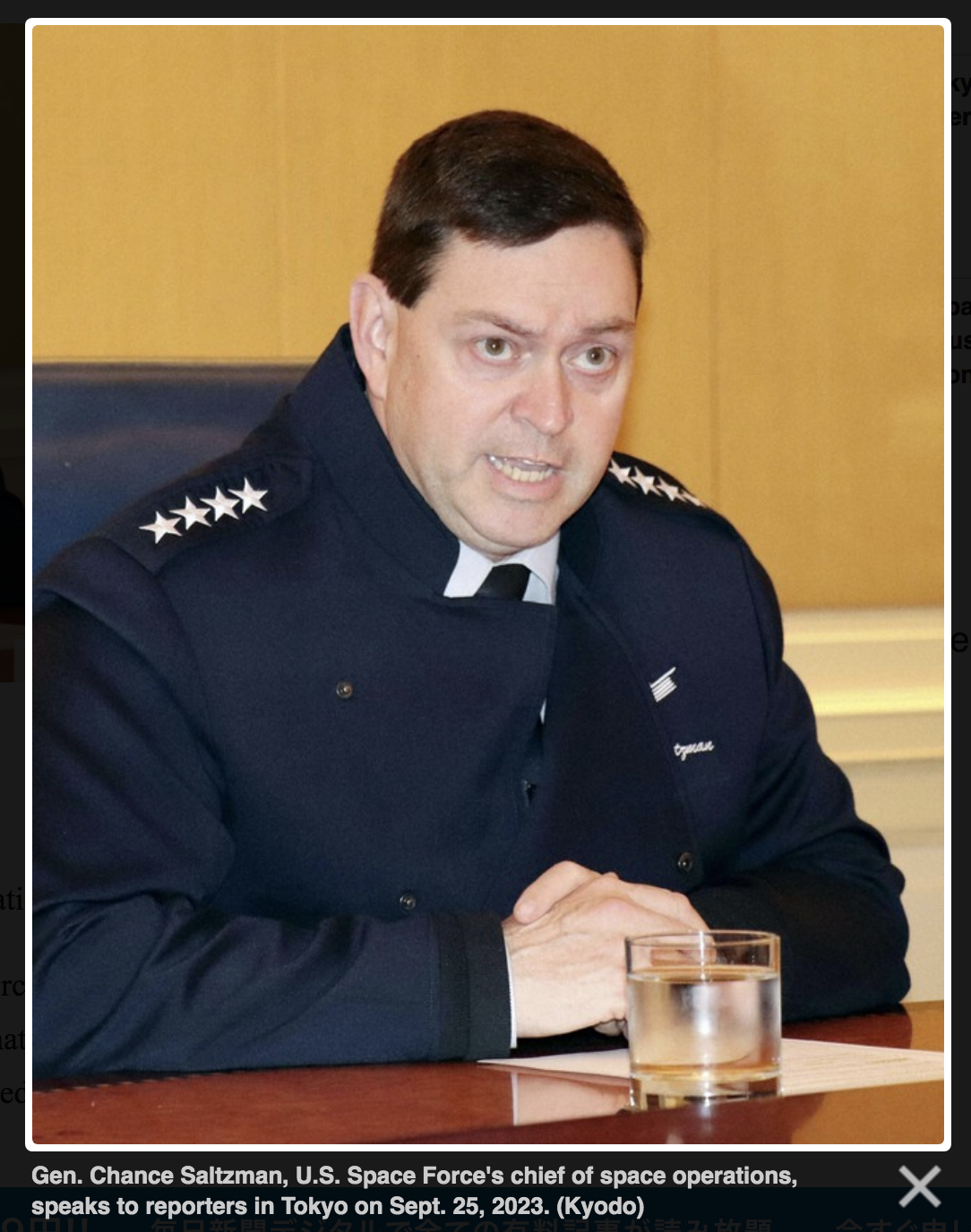Show Notes
NEW PRODUCT
SOCIETY 5.0
JAPAN ECONOMY / WEF
WAR
FIVE PRIORITIES FOR THE AIR FORCE’S FUTURE COMBAT AIR FORCE
Center for Strategic and Budgetary Assessments
Advances in Threat Sensors and Post-Processing Capabilities
Russian and Chinese IADS include networks of ground-based, airborne, maritime, and space-based multi-phenomenology sensor and communication systems that improve the range, density, and sophistication of their surveillance operations. Advances in sensor resolution, post-processing power, data storage capacity, and fusing information from sensors in multiple domains have improved their ability to locate, track, and engage airborne threats.
Both Russia and China exploit the strategic depth of their home territory to create sensor and communication networks that enable them to engage U.S. forces before they can do the same.
Operating from their own territory reduces constraints on the size, weight, and power generation capabilities of their sensor networks compared to U.S. sensor networks that must deploy to a fight. Taking advantage of their recent successful gray zone operations, Russia is deploying sensors and weapons in Crimea, and China has deployed sensors and weapons on islands it has occupied or created in the South China Sea.
Both are simultaneously pursuing a variety of early warning and control aircraft, UAS, aerostats, and balloons that will better detect low-altitude airborne targets at standoff distances.
Advanced digital signal processing and the introduction of active electronically scanned array (AESA) radar technologies have significantly improved the detection range and resolution of Chinese and Russian radars that operate in lower frequency bands.
Combined with passive sensors and other technologies discussed below, radars that operate in lower frequency bands could improve China and Russia’s ability to detect some low-observable aircraft designs.
Due to their poor resolution and other limitations, earlier generation low-frequency radars could not develop target quality tracks. However, advances in signal processing have enabled pulse compression techniques that improve the range resolution of low-frequency radars, and the introduction of AESA technologies have improved their directional resolution.
The Future Conflict Operating Environment Out to 2030
Royal United Services Institute for Defence and Security Studies
Many such exotic detection technologies – such as wake-vortex tracking, quantum radar, three-dimensional metre- and decimetre-wavelength AESA radars and LEO infra-red scan-and-track techniques – have serious limitations when used as primary sensors as they have limited capacity to generate target-grade weapon cueing data. However, they offer advantages in detecting threats which are difficult to track using standard X- and Ku-band radars and can be extremely useful for cueing in other higher-resolution sensors if adequately integrated into a common system or picture.


























